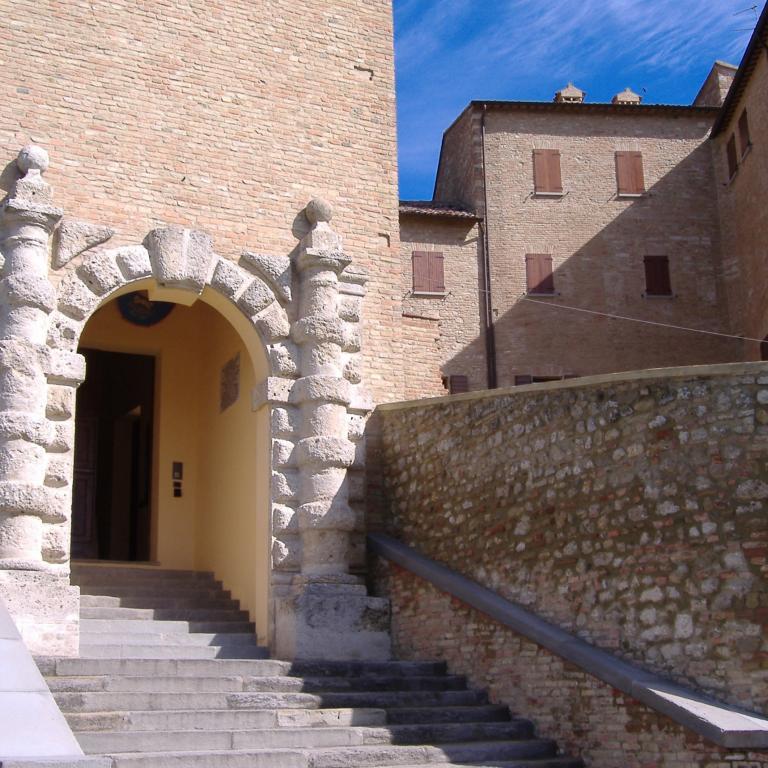Introductory Econometrics
Bertinoro, 6 - 11 June 2022
Coordinator
Giorgio Calzolari
Università di Firenze
Dipartimento di Statistica, Informatica, Applicazioni “G. Parenti”
Viale Morgagni 59
50134 Firenze
e-mail: giorgio.calzolari@unifi.it
Lecturers
Giorgio Calzolari , University of Firenze
Francesca Di Iorio, University of Napoli Federico II
Marco Lippi , Einaudi Institute for Economics and Finance, Roma
Giulio Palomba , Università Politecnica delle Marche
Umberto Triacca, University of L'Aquila
Lucio Palazzo, University of Napoli Federico II
The maximum number of allowed participants in presence is 25.
Requirements
The course requires a working knowledge of basic linear algebra, statistical inference and multiple linear regression model with the notation of linear algebra (matrices and vectors).
To this aim the following preliminary readings are suggested:
-
Chapt. 1, 2, 3, 6 in Greene, W. H. (2002): Econometric Analysis (5-th edition). Upper Saddle River (NJ): Prentice Hall.
-
Or chapt. 1-6 in Johnston, J. (1984): Econometric Methods (3rd edition). New York: McGraw-Hill, Inc. Italian translation by M. Costa and P. Paruolo (1993): Econometrica (3rd edition). Milano: Franco Angeli.
Reference textbook for the course:
Handouts, readings and further material will be provided before the beginning of the course and during the lectures.
Schedule of the course:
Linear regression, seemingly unrelated regressions, simultaneous equations, maximum likelihood
-
Classical linear regression model (refresh).
-
Elements of asymptotic theory: law of large numbers and central limit theorem (outline).
-
Introduction to stochastic processes and Wold representation
-
Introduction to time series analysis
-
Likelihood: definition, score vector, information matrix, Cramer-Rao inequality, maximum likelihood, consistency, asymptotic efficiency.
-
Seemingly unrelated regression equations (SURE): generalized least squares (GLS), feasible GLS, maximum likelihood (iterative GLS, hints).
-
Simultaneous equations model: structural form and reduced form, static and dynamic solution, impact and dynamic multipliers, forecast, scenarios and economic policy.
-
Identification: rank and order condition.
-
Estimation: instrumental variables, limited-information methods (2SLS, LIVE, IIV)
Tutorials and Software
Practical applications using the freeware software Gretl (download here).
For the computer tutorials participants will use the Gretl package, which will have to be installed on their own laptops. In exceptional cases, when students cannot use their computer, we may be able to supply an alternative solution, but please inform the course coordinator beforehand.
Venue and timetables
Each Module requires a full-time attendance and participation is not compatible with other jobs at the same time (e.g. preparation of other exams). The course will last one week and will be held in the University Residential Centre, Via Frangipane 6, 47032 Bertinoro (FC).
Participants will be hosted in the Centre guest quarters, (as an exception, in case of reduced availability of rooms in the Centre, they will be accommodated in local hotels).
Lectures and tutorials will be in English, with the following schedule:
Monday to Friday: lectures: 9.00-13.00, 15.30-17.30; tutorials: 17.40-19.30.
Saturday: lectures: 9.00-13.00.
Contacts
- For more information: Laura Urraci e-mail: info@side-iea.it
- For administrative issues : Laura Urraci (admin@side-iea.it), Alessandra Picariello (alessandra.picariello@unibo.it), phone:+39 375 5112161;
- For travel and accommodation: Monica Michelacci (mmichelacci@ceub.it), phone: +39 0543446500
